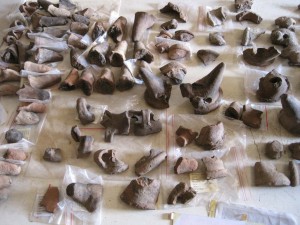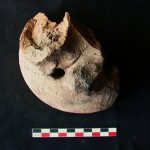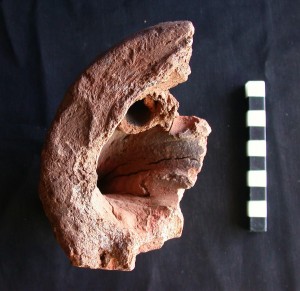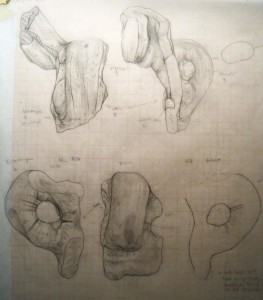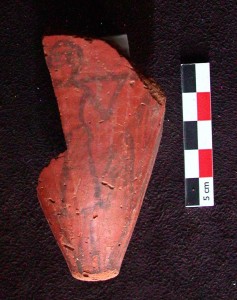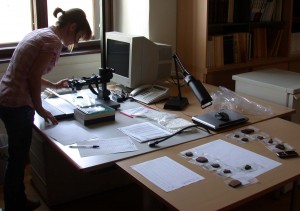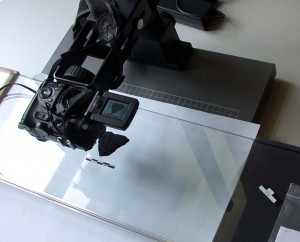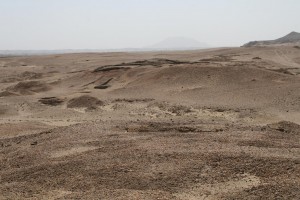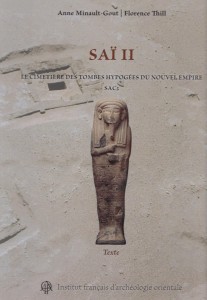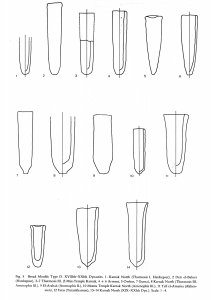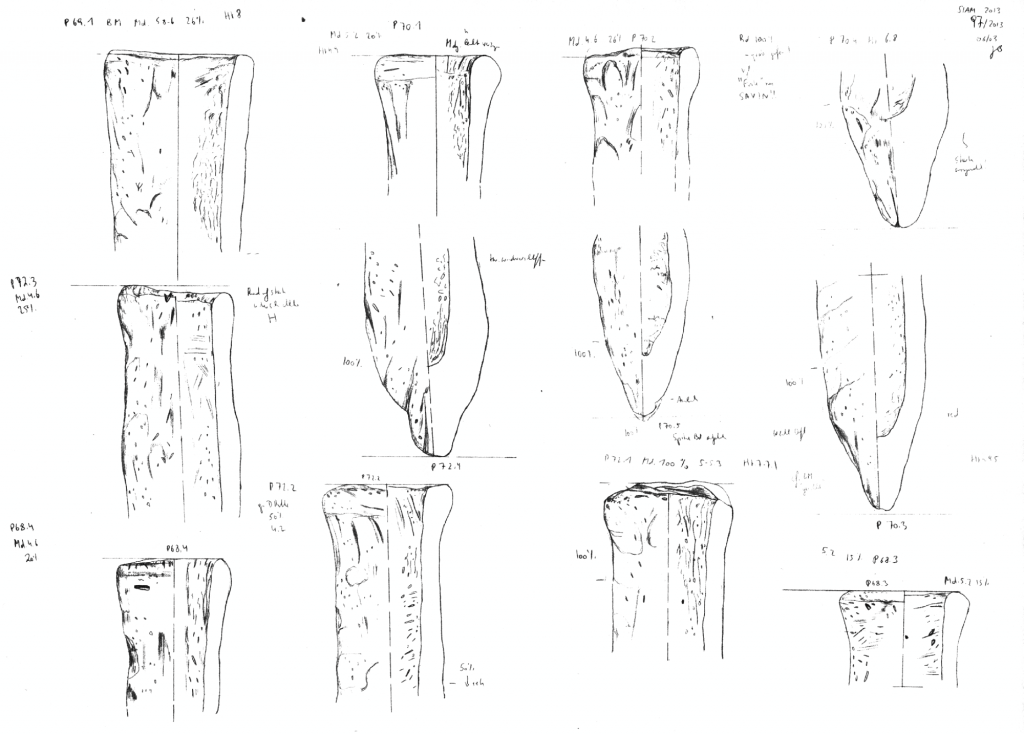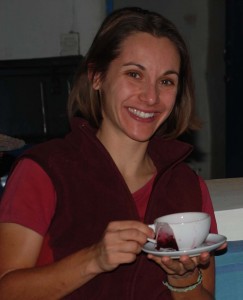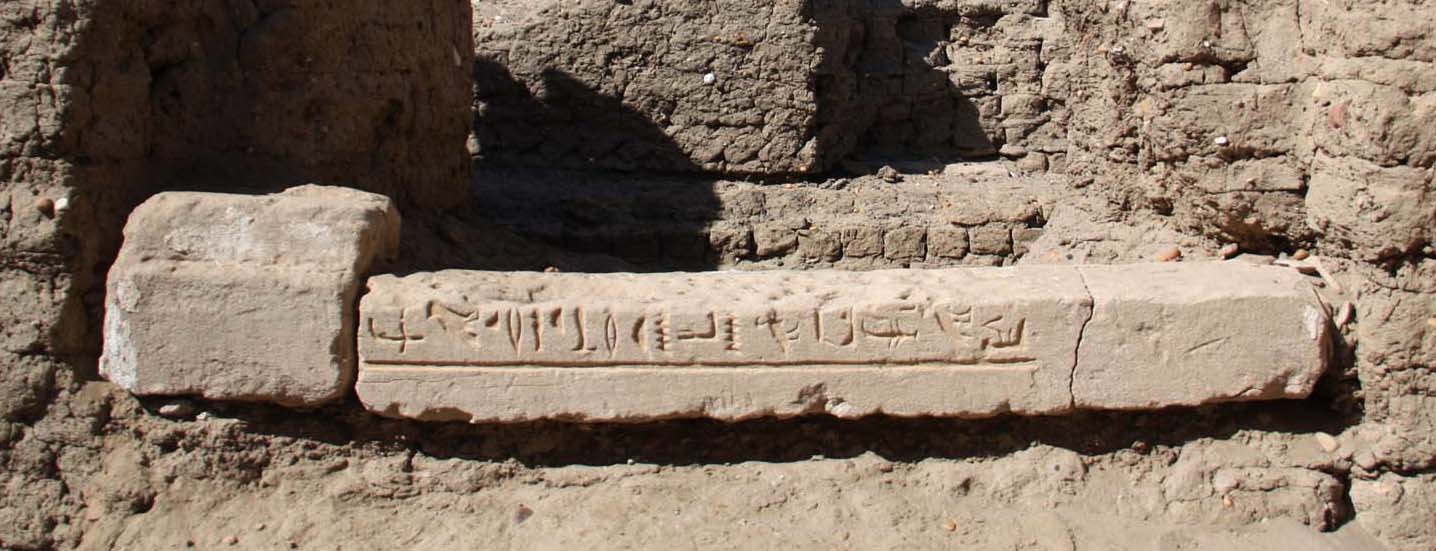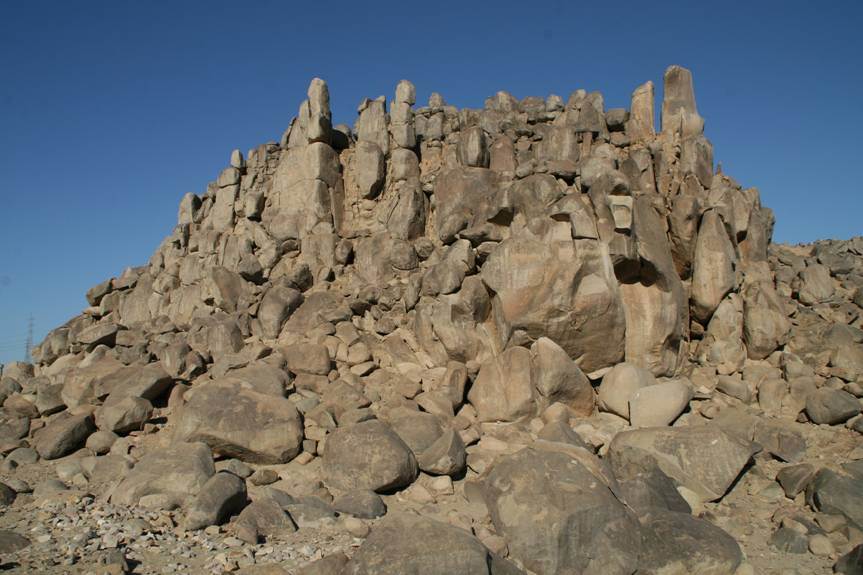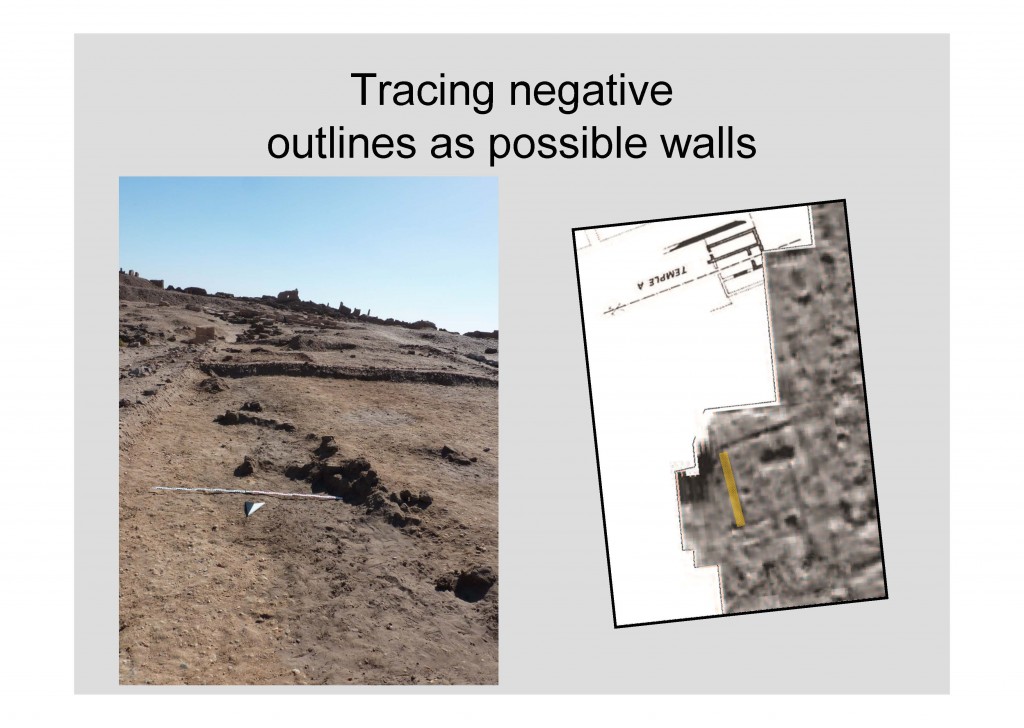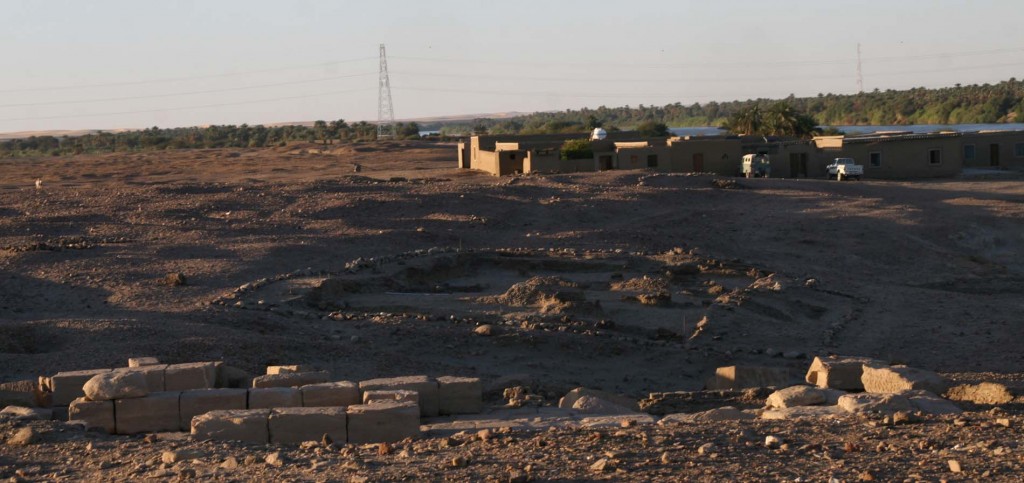Having read a very interesting article this week, I would like to come back to the subject of Egyptian imitations of Aegean vessels and imported fine wares in contexts of the New Kingdom town of Sai Island.
Caitlin Barrett 2009 investigates “The Perceived Value of Minoan and Minoanizing Pottery in Egypt” – by reviewing the archaeological contexts and by comparing this evidence to the textual and iconographic data, Barrett comes up with some very interesting thoughts on Egyptian attitudes towards Minoan goods.
Minoan vessels were obviously highly valued by the Egyptians of the 18th Dynasty (Barrett 2009: 221), but are not restricted to the elite as they are attested in contexts of various social strata, with diverse socioeconomic backgrounds. I find the following especially thought-provoking: “During the Late Bronze Age, then, Egyptians may have valued Minoan ceramic imports not only because they were specifically Minoan, but also, more generally, because they came from this international sphere. The use of foreign objects and design motifs would have given private individuals a way to participate in this far-ranging koiné, demonstrating their sophistication and cosmopolitanism.” (Barrett 2009: 225)
Within the context of Sai this line of thought opens a lot of questions: Was it appealing for the Egyptians living on Sai to be perceived by the local inhabitants as cosmopolitan Egyptians? Was the range of painted ceramic vessels, so different from the Nubian pottery style, used to demonstrate the sophistication of the officials? Or was it perhaps important for an Egyptian himself, living abroad, to surround himself with things and objects evoking the international sphere from cities like Memphis and Thebes back home?
Pottery as one of the main classes of material culture in ancient settlements was of prime importance for daily activities but ceramic vessels are also carrying information about the identity of its user. This holds especially true for vessels related to food preparation and consumption, but equally for other types within the large corpus of settlement pottery with various functional aspects. I wonder whether the considerable amount of imported (not Egyptian) vessels on Sai in the early-mid 18th Dynasty, with a large number of painted jars, contributed to create a “home away from home” for an Egyptian official in the 18th Dynasty. The complex mixture of ceramics, including imitations of Minoan vessels like the pottery rhyton N/C 1205, might have allowed the temporary inhabitants of Upper Nubia to participate in the international age in vogue at home. Or at least to fake a sophisticated life according to the standards at home.
Apart from this attractive idea of an active role of ceramic vessels in creating “Pharaonic life style” on Sai Island (cf. Barrett 2009: 227), it is also possible that imported vessels were regarded, especially in Upper Nubia and maybe by (Egyptianized) Nubians, as simply pretty “knick-knacks with exotic cachet” (Barrett 2009: 226). However, as objects never have one single meaning, it remains to be tested how the entire ceramic corpus of New Kingdom Sai contributes to the reconstruction of life styles on the island.
Reference:
Barrett, Caitlin E., The Perceived Value of Minoan and Minoanizing Pottery in Egypt, Journal of mediterranean archaeology 22, 2009, 211-234.

